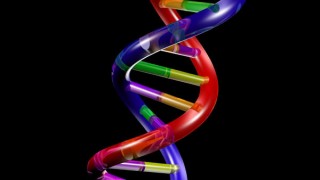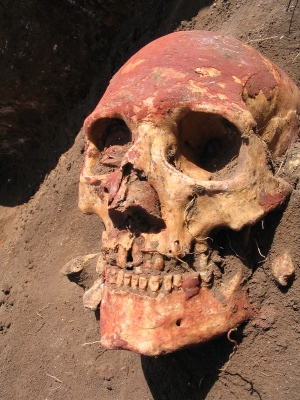
Researchers have recently used population-scale sequencing studies to establish the roots of modern-day Europeans. Describing their findings as a “DNA explosion,” the team argues that their genome-wide sequencing attempts will yield a more accurate historical picture.
An evolutionary geneticist at the University of Oxford offered a brief statement on the implications of the latest research: “Christ, what does this mean? In another five years, we’ll be talking about tens of thousands of ancient genomes.”

Comprised of researchers from Harvard University and the University of Copenhagen, the team set out to shed light on the period between 3000 BC and 1000 BC - the Eurasian Bronze Age - at a time when great technological innovations were being made, and new cultures were being founded.
The team’s research was made possible by today’s remarkable advances in technology. A combination of sophisticated, yet cheap, DNA sequencing methods, along with techniques that can differentiate ancient DNA samples from contaminants, provided the group with an opportunity to gain unprecedented insight into our past.
One of the studies was spearheaded by Morten Allentoft and Eske Willerslev, of the Natural History Museum of Denmark, who worked with fellow palaeogenomicists to sequence the genomes of over 100 Eurasia people.
The researchers believe they have unearthed evidence that may answer a long-standing mystery: whether cultural shifts identified in the Bronze Age were simply a byproduct of dissemination of information, or whether they were triggered by migration.
Pre-3000 BC, the genomes of central Europeans were remarkably similar to those of ancient Middle Eastern farmers and European hunter-gatherers, groups believed to have emerged 8,000 and 45,000 years ago, respectively. After 2000 BC, however, a remarkable genetic shift occurred, with the genomes appearing similar to individuals belonging to the Yamnaya culture. Arriving in Europe approximately 4,500 years ago, the Yamnaya were nomadic sheepherders from Russia; it’s now widely thought that many of Europe’s languages were derived from the Yamnaya.
The results of the genome sequencing studies also demonstrated that most Bronze Age Europeans were incapable of digesting lactose, conflicting with previous studies. The group found that the Yamnaya people were most likely to have, eventually, introduced lactose tolerance genes into Europe.
Looking towards the future, the team hopes to investigate how the past has influenced the modern human’s susceptibility to disease. “It’s an interesting time, because the technology is moving faster than our ability to ask questions of it,” concluded Larson. “Let’s just sequence everything and ask questions later.”
